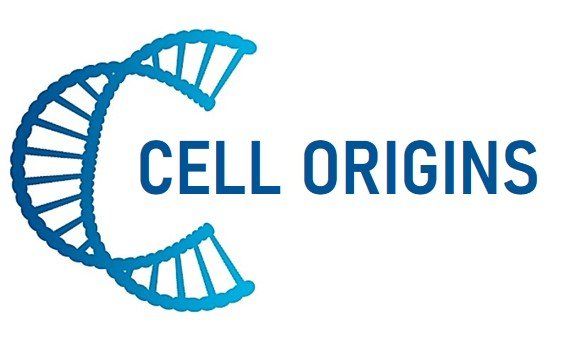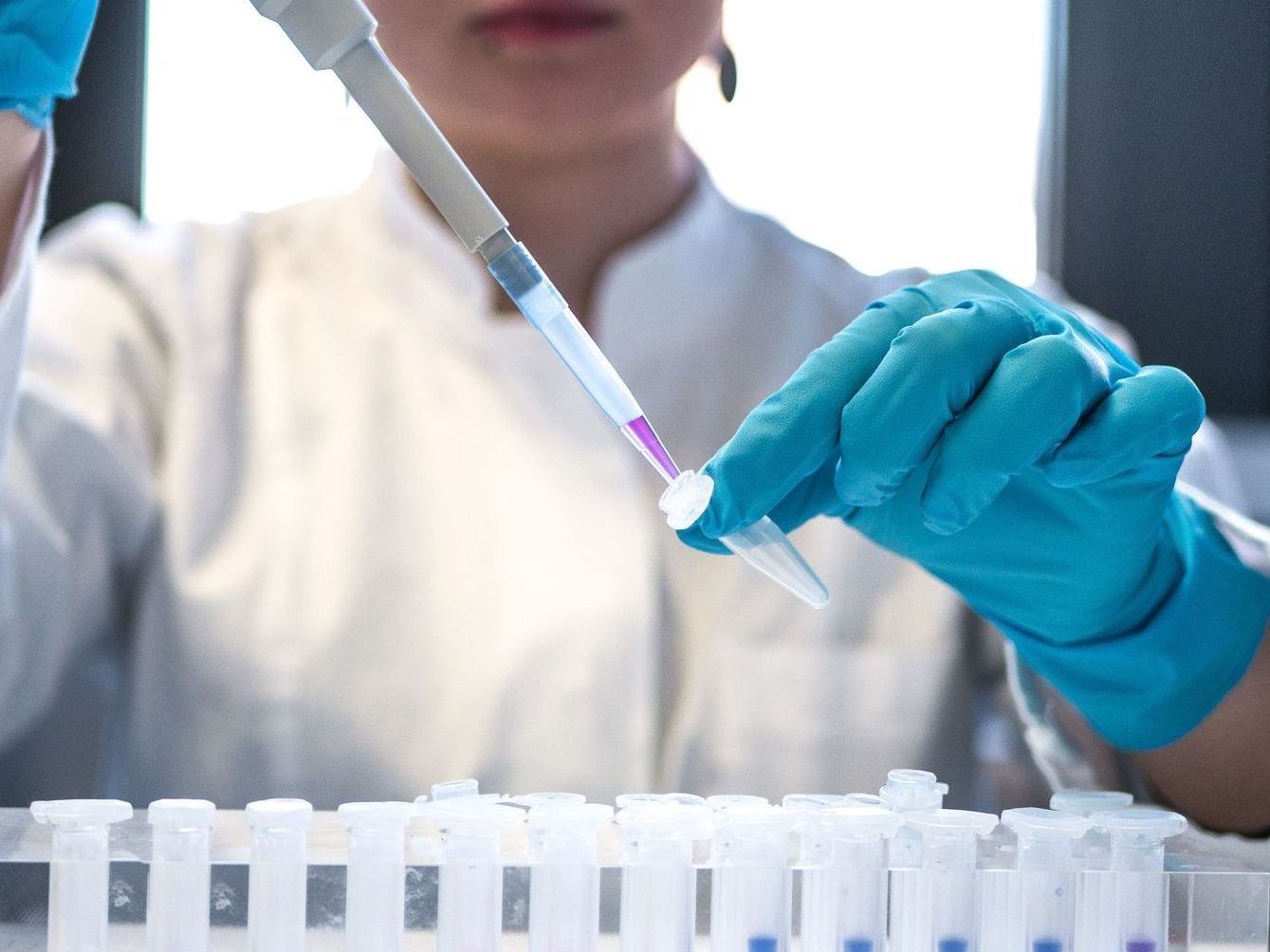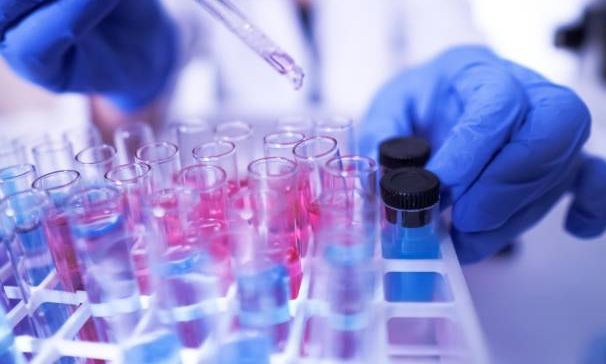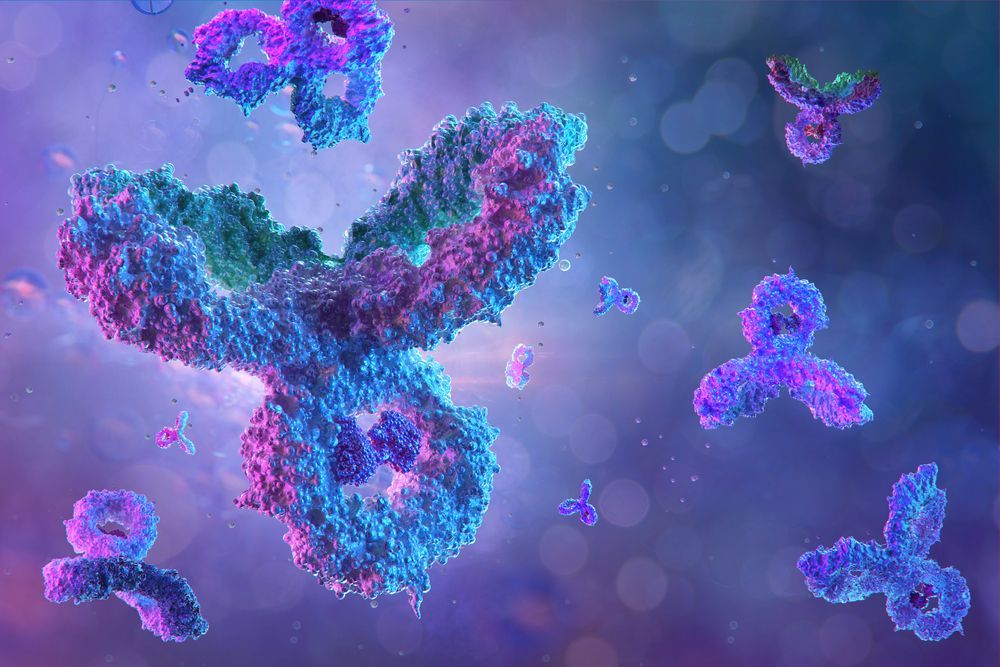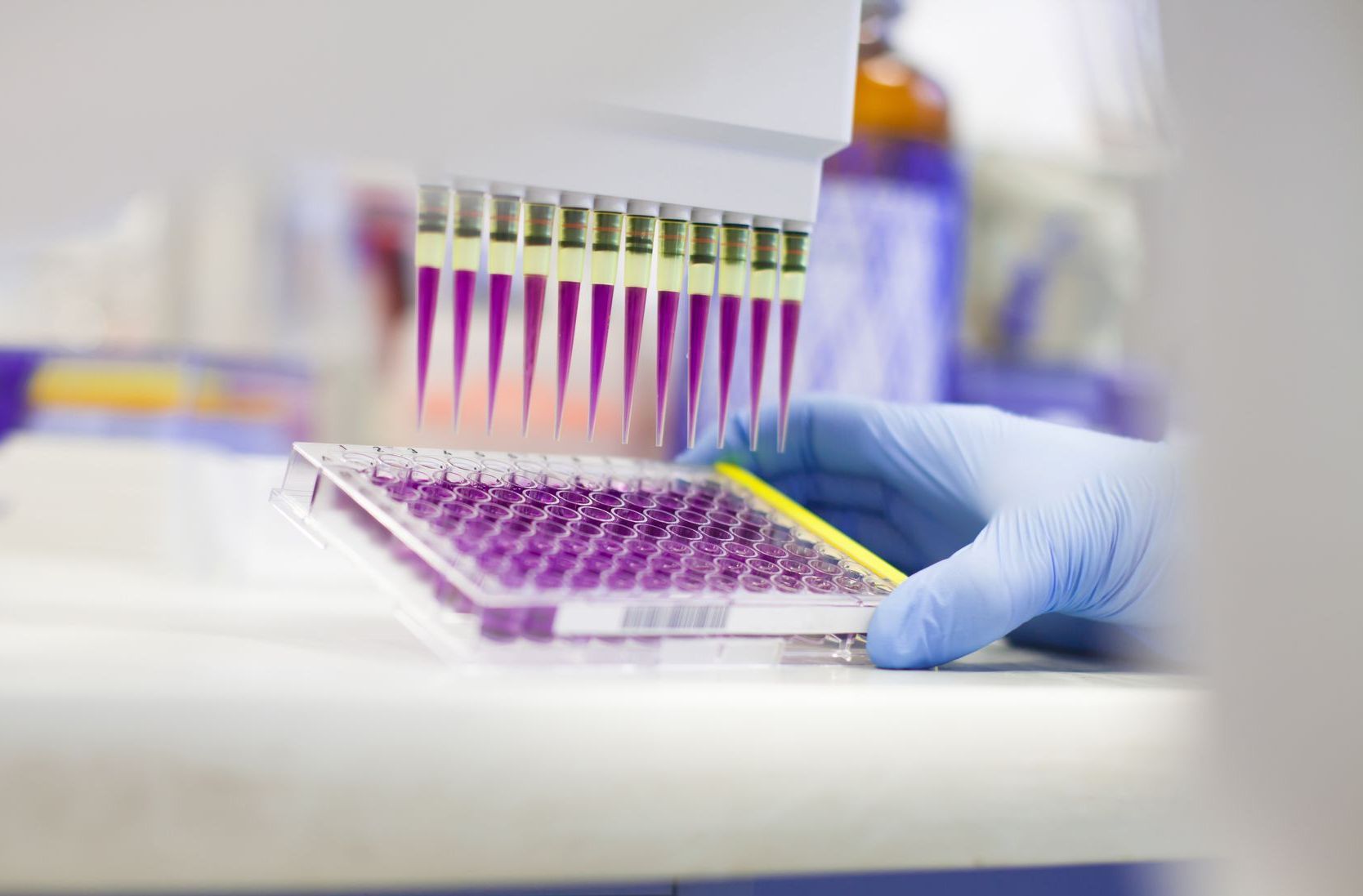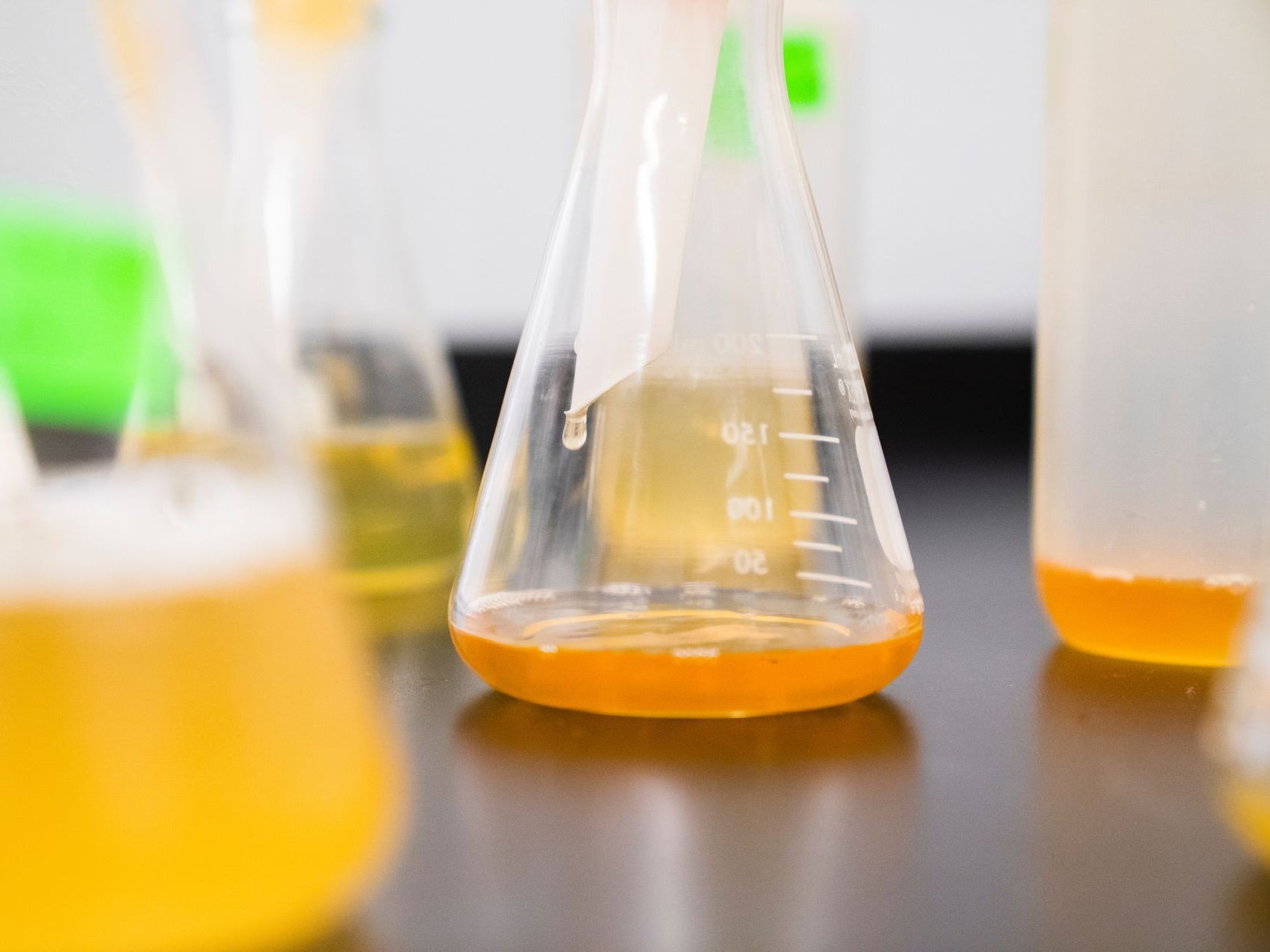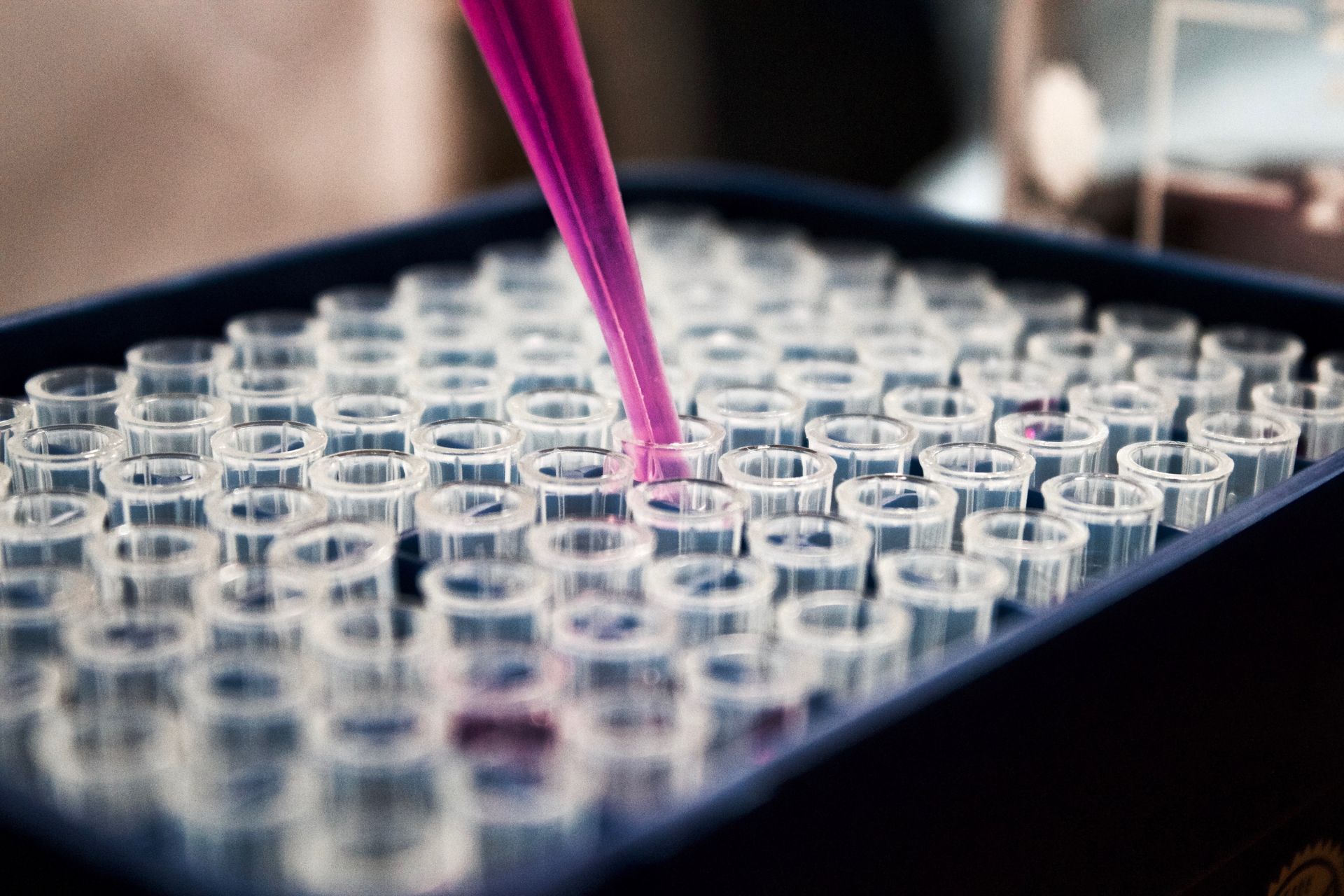Asar, M., Newton-Northup, J., Deutscher, S., Soendergaard, M. (2019). Ovarian Cancer Targeting Phage for In Vivo Near-Infrared Optical Imaging. Diagnostics, 9, 183.
Newton-Northup, J.R., and Deutscher, S.L. (2017). Bacteriophage for the Development of Novel Tumor-Targeting Agents with Specific Pharmacokinetics and Imaging Applications. Methods in Molecular Biology in Biosensors and Biodetection.
Newton-Northup, J.R., and Deutscher, S.L.. (2016). Cytotoxic Tumor-Targeting Peptides From In Vivo Phage Display. Combinatorial Chemistry & High Throughput Screening. Vol. 19(5): 370–377
García, M. F., Zhang, X., Shah, M., Newton-Northup, J., Cabral, P., Cerecetto, H., and Quinn, T. (2016). 99mTc-bioorthogonal click chemistry reagent for in vivo pretargeted imaging. Bioorganic & Medicinal Chemistry. Vol. 24(6): 1209–1215
Newton-Northup, J.R., Dickerson, M.T., Kumar, S.R., Smith, G.P., Quinn, T.P., And Deutscher, S.L. (2014) In vivo bacteriophage peptide display to tailor pharmacokinetics of biological nanoparticles. Molecular Imaging and Biology. 16(6), 854-864.
Soendergaard M., Newton-Northup J. R., Deutscher S. L. (2014): In Vivo Phage Display Selection of an Ovarian Cancer Targeting Peptide for SPECT/CT Imaging. American Journal of Nuclear Medicine and Molecular Imaging. 4(6): 561–570.
Soendergaard, M., Newton-Northup, J.R., and Deutscher, S.L. (2014) In vitro high throughput phage display selection of ovarian cancer avid phage clones for near-infrared optical imaging. Combinatorial Chemistry and High Throughput Screening. 17(10).
Newton-Northup, J.R., and Deutscher, S.L. (2013). Contending With Target Unrelated Peptides from Phage Display. Journal of Molecular Imaging & Dynamics. Vol. 2(2):
Newton-Northup, J. R., Dickerson, M. T., Ma, L., Besch-Williford, C. L., Deutscher, S. L. (2013). Inhibition of metastatic tumor formation in vivo by a bacteriophage display-derived galectin-3 targeting peptide. Clinical & Experimental Metastasis. Vol. 30:119–132
Newton-Northup, J.R., and Deutscher, S.L. (2012) Contending with target unrelated peptides from phage display. Journal of Molecular Imaging and Dynamics. 2(2).
Soendergaard, M., Newton-Northup, J.R., Palmier, M.O., and Deutscher, S.L. (2011) Peptide phage display for discovery of novel biomarkers for imaging and therapy of cell subpopulations in ovarian cancer. Journal of Molecular Biomarkers and Diagnosis, S:2.
Newton-Northup, J.R., Figueroa, S.D., and Deutscher, S.L. (2010). Streamlined in vivo selection and screening of human prostate carcinoma avid phage particles for development of peptide based in vivo tumor imaging agents. Combinatorial chemistry & high throughput screening. 14(1):9-21
Deutscher, S. L., Dickerson, M., Gui, G., Newton, J., Holm, J. E., Vogeltanz-Holm, N., Kliethermes, B., Hewett, J. E., Kumar, S. R., Quinn, T. P., Sauter, E. R. (2010). Carbohydrate antigens in nipple aspirate fluid predict the presence of atypia and cancer in women requiring diagnostic breast biopsy. BMC Cancer. Vol. 10(519)
Newton-Northup, J.R., Figueroa, S.D., Quinn, T. P., and Deutscher, S.L. (2009). Bifunctional phage-based pretargeted imaging of human prostate carcinoma. Nuclear Medicine and Biology. Vol. 36(7):789-800
Jin, X., Newton, J. R., Montgomery, S., Smith, G. P. (2009). A generalized kinetic model for amine modification of proteins with application to phage display. Biotechniques. Vol. 46(3):175-182
Newton-Northup, J.R., and Deutscher, S.L. (2009). In vivo bacteriophage display for the discovery of novel peptide-based tumor-targeting agents. Methods in Molecular Biology. Vol. 504:275-90.
Newton-Northup, J.R., and Deutscher, S.L. (2008). Peptide Phage Display. Handbook of Experimental Pharmacology: Molecular Imaging I. Vol. 185 Pt 2:145-163.
Newton, J. R., Miao, Yubin., Deutscher, S. L., and Quinn, T. P. (2007). Melanoma Imaging with Pretargeted Bivalent Bacteriophage. Journal of Nuclear Medicine. Vol. 48(3):429-436
Newton, J. R., Kelly, K. A., Mahmood, U., Weissleder, R., and Deutscher, S. L. (2006) In vivo selection of phage for the optical imaging of PC-3 human prostate carcinoma in mice. Neoplasia. 8(9), 772-780.
